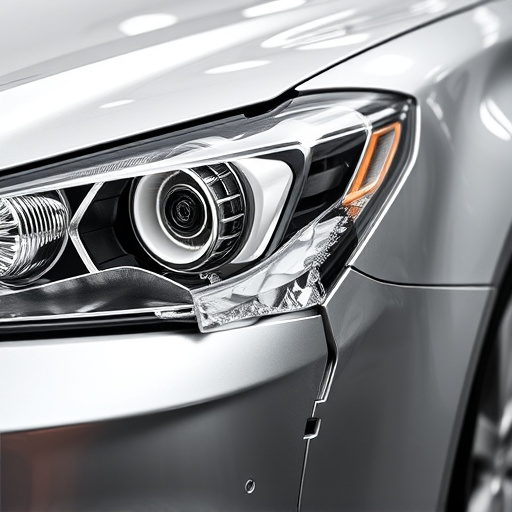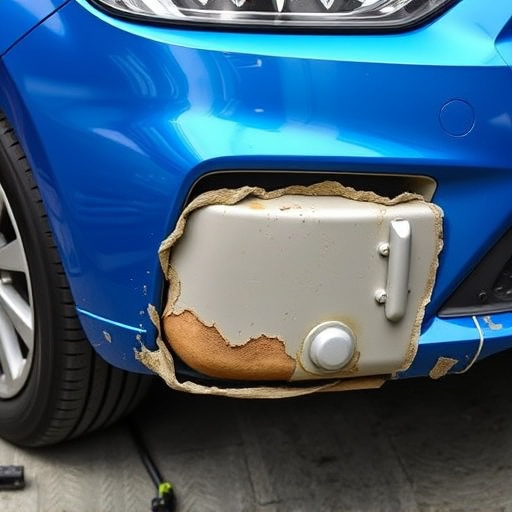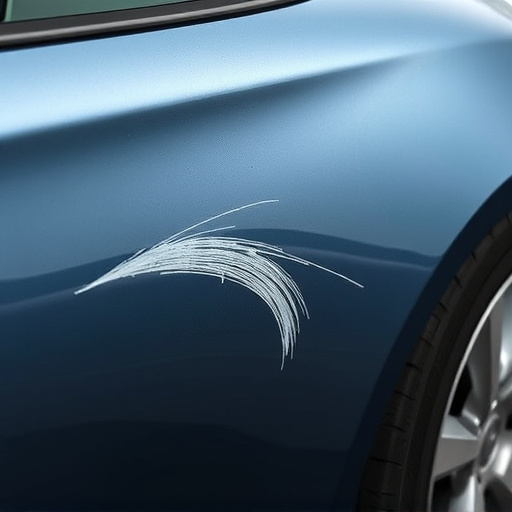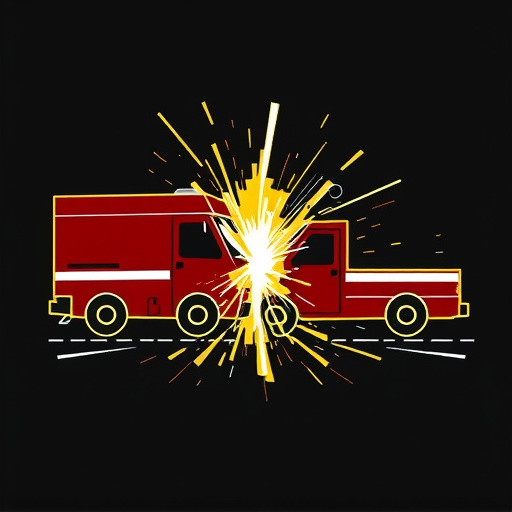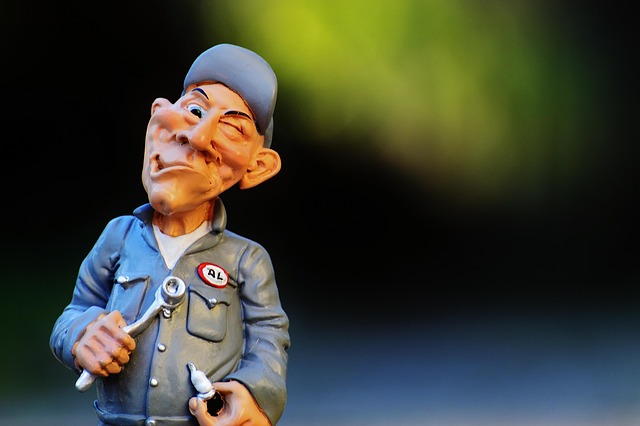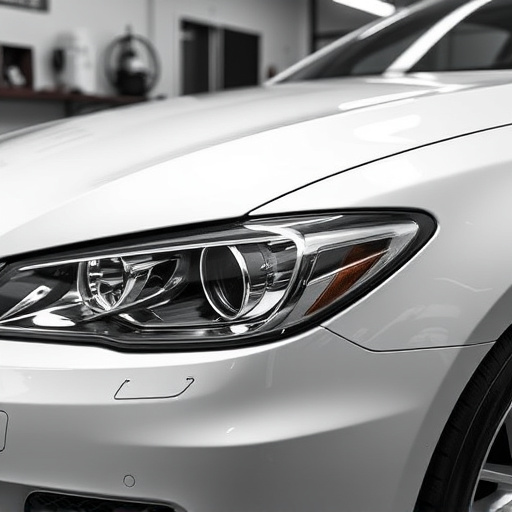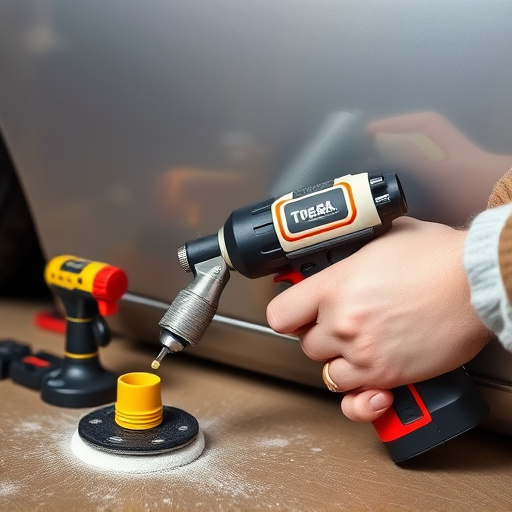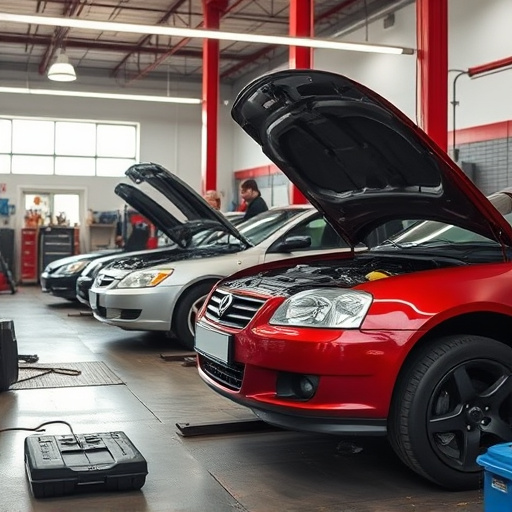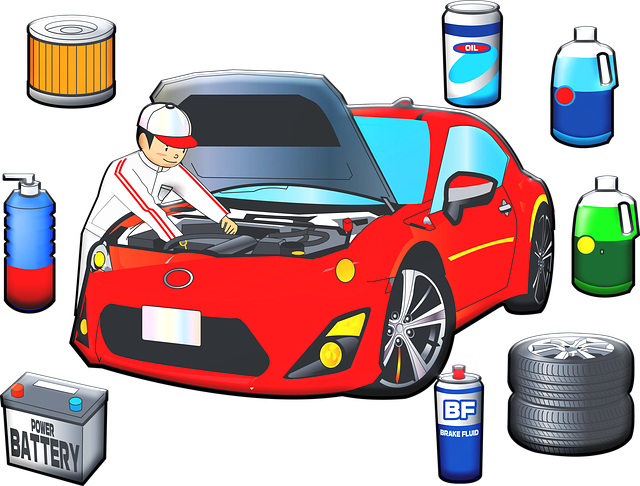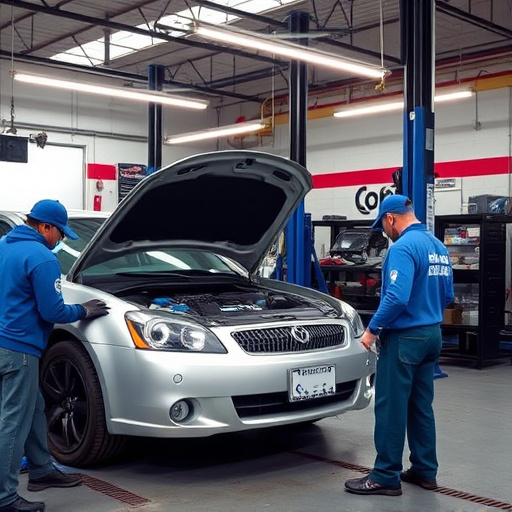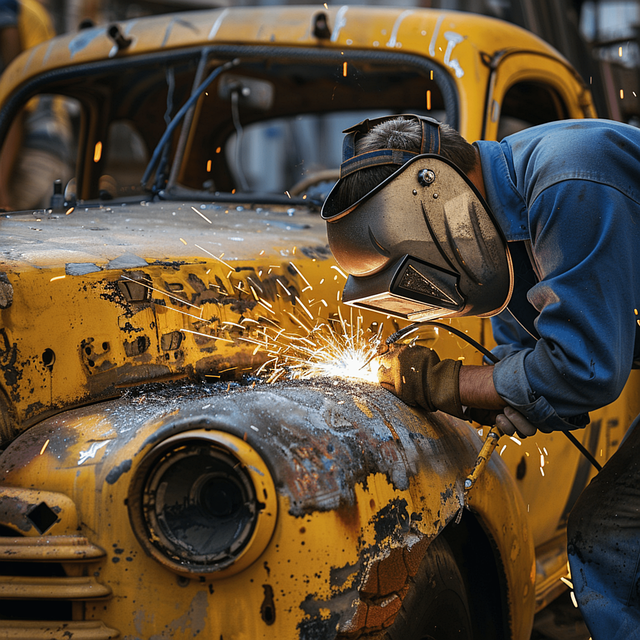Sensor calibration is a meticulous yet crucial process for enhancing pedestrian safety features during car body repair, ensuring sensors accurately detect and respond to potential hazards. This enables advanced driver-assistance systems (ADAS) like collision avoidance, lane departure warning, and automatic emergency braking, thereby improving vehicle and pedestrian security, preventing accidents, minimizing dent repairs, and maintaining structural integrity.
Sensors play a crucial role in enhancing pedestrian safety features, ensuring quick and accurate responses to potential hazards. This article delves into the intricate process of calibrating these sensors during repairs, a vital step for optimal performance. We explore why sensor calibration is essential, outlining a systematic approach to achieve precise results. By understanding this process, repair teams can significantly improve safety measures, fostering a more secure environment for pedestrians.
- Understanding Sensor Calibration in Pedestrian Safety
- The Process: Step-by-Step Calibration Techniques
- Impact: Improved Repair and Enhanced Pedestrian Protection
Understanding Sensor Calibration in Pedestrian Safety
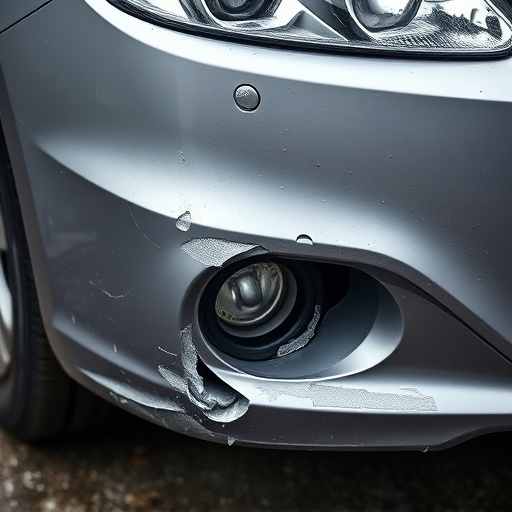
Sensor calibration plays a vital role in enhancing pedestrian safety features repair. It’s a meticulous process that ensures sensors installed in vehicles accurately detect and respond to potential hazards, like pedestrians. In the context of car body repair and auto maintenance, calibrated sensors are crucial for the proper functioning of advanced driver-assistance systems (ADAS). These systems include features such as collision avoidance, lane departure warning, and automatic emergency braking.
Proper sensor calibration involves adjusting the sensor’s output to match real-world conditions. This is achieved through a series of tests and adjustments that simulate various scenarios, including different weather conditions, lighting, and object distances. Auto body repairs that involve sensor recalibration require precise techniques and specialized tools to ensure sensors are not only functioning correctly but also operating in harmony with other components of the vehicle’s safety systems.
The Process: Step-by-Step Calibration Techniques
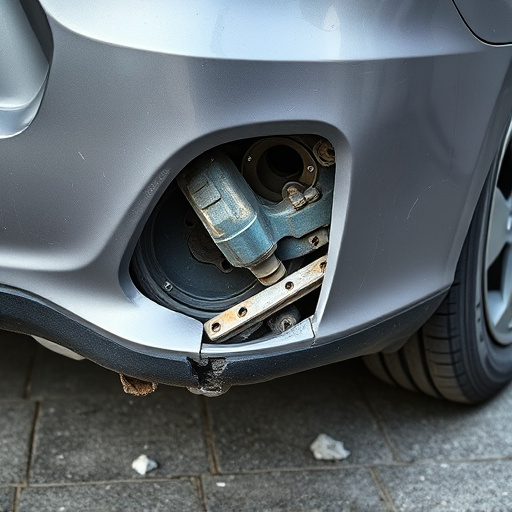
The process of calibrating sensors for pedestrian safety features repair involves a meticulous, step-by-step approach to ensure precision and accuracy. It begins with the identification of all relevant sensors equipped in the vehicle, which could include various types such as radar, lidar, and camera systems. Each sensor’s unique capabilities and limitations are considered during this phase. Next, a comprehensive testing environment is set up, often mimicking real-world scenarios, to expose the sensors to diverse conditions. This involves simulating different speeds, weather patterns (rain, snow), lighting conditions (daytime, nighttime), and obstructions (similar to common pedestrian obstacles).
Calibration techniques vary depending on sensor type. For example, radar sensors are calibrated by transmitting signals and measuring the reflected waves, adjusting parameters for optimal performance. Cameras undergo a process known as image calibration, ensuring accurate color representation and focus. Lidar systems, on the other hand, use laser pulses to measure distances; their calibration involves fine-tuning the beam angle and intensity. During this step, any deviations or inconsistencies between sensor readings are addressed, ensuring they work in harmony to provide an accurate picture of the vehicle’s surroundings—crucial for assessing and enhancing pedestrian safety features, similar to how meticulous auto body repair ensures a car’s structural integrity after a bumper repair.
Impact: Improved Repair and Enhanced Pedestrian Protection
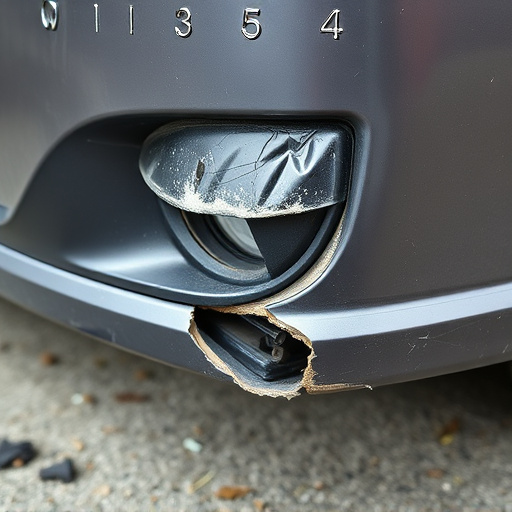
The process of calibrating sensors during pedestrian safety features repair is a game-changer in enhancing vehicle and pedestrian security. By accurately tuning these sensors, car body shops can significantly improve the effectiveness of active safety systems, such as automatic emergency braking and lane departure warnings. This, in turn, leads to more precise collision avoidance and reduced risks for both drivers and pedestrians.
Imagine a scenario where a sensor wrongly detects an obstacle, causing a vehicle to brake abruptly or change lanes without warning. Such errors can lead to car dents and other damage during what should be a safe interaction. Calibrated sensors, however, ensure that these systems respond accurately, preventing unnecessary accidents and minimizing the extent of dent repair needed in cases where collisions do occur. This meticulous process is vital for maintaining not just the structural integrity of vehicles, but also for upholding the highest standards of pedestrian safety on our roads.
In conclusion, calibrating sensors is a vital step in enhancing pedestrian safety features repair. By understanding the process and implementing precise calibration techniques, we can significantly improve repair outcomes and fortify protection for pedestrians. This ensures that advanced safety systems function optimally, ultimately contributing to safer urban environments.
